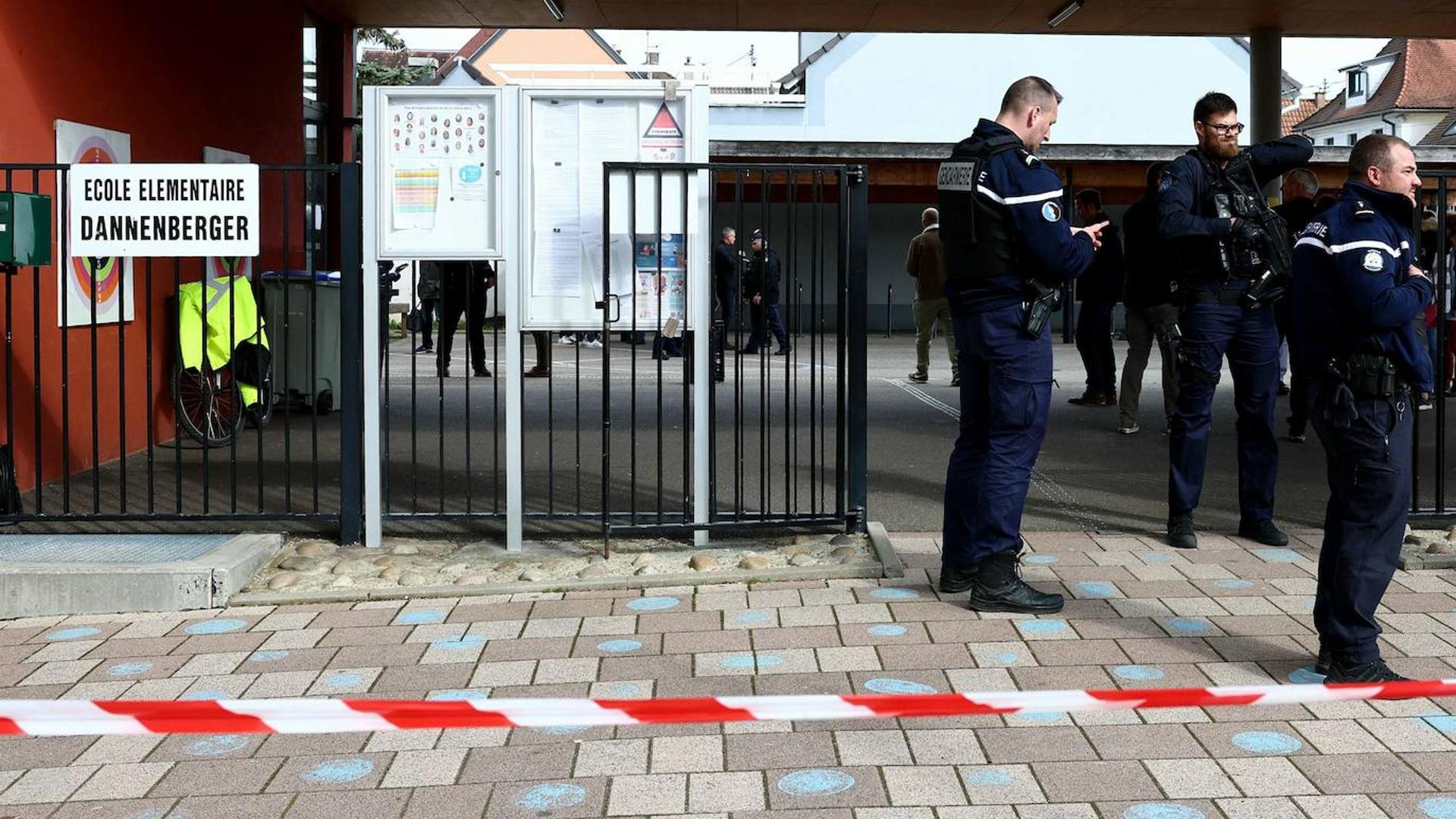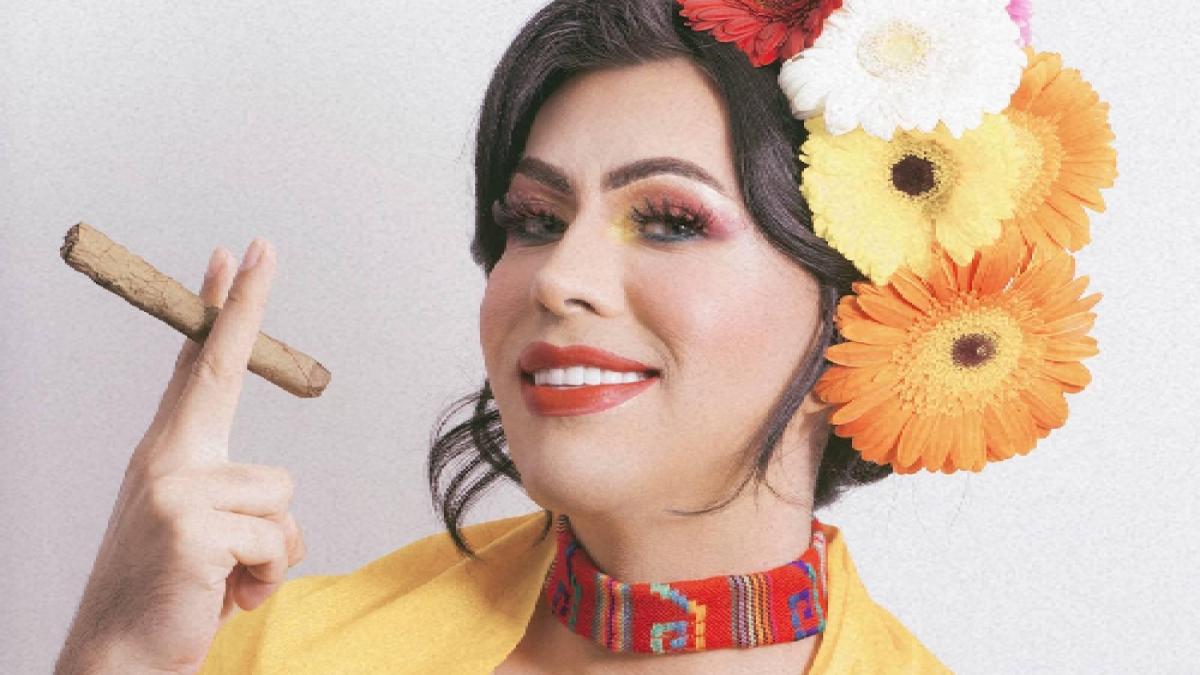The success of the Finnish Olympics is dangerously dependent on a few sports, writes Tero Hakola, a news producer for HS Sports.
Finland in the Olympic Committee’s Center of Excellence for Sports can be welcomed.
The coffee pot has got hotter than usual, as the Finnish team’s medal balance for the Beijing Olympics exceeded hopes and goals.
Finnish athletes won a total of eight medals from Beijing, when even six would have been a good performance in the Olympic Committee’s calculations. In addition, a large number of points were added.
Rejoice is worth it, two medals came from Pyeongchang more than four years ago.
The last time Finland won more medals at the 2006 Winter Games was in Turin. Then the balance was nine.
Finland pulled the five-medal base from Vancouver in 2010 and from Sochi in 2014. In the post-World War II Games, the balance was also in 1968 from Grenoble and in 1972 from Sapporo.
However, the comparison is not fair, as there were fewer species and competition events at the time. Similarly, there were fewer countries investing in winter sports.
But let the history review remain for a moment.
The bells are ringing as Finland’s valid medal balance is examined in more detail. Finnish successful sports are currently very one-sided.
Skiing and hockey brought all the medals to Beijing. In point locations, width comes mainly Ilkka Herola combined in sixth place.
The last time Finland was in a similar situation was in 1994. They celebrated in Lillehammer, Norway Mika Myllylä, Marja-Liisa Kirvesniemi and the national hockey team.
In the last three races, snowboarding has been responsible for versatility. Now the sport was left without a medal, though Rene on a slope cloth and Enni in Rukajärvi was a valid starting point to succeed.
Iivo Niskanen stretched to the finish line as the Olympic winner of the 15 km skiing in the Beijing Games.
In the current situation Turin’s 2006 medal rain feels utopian: Finland received nine medals from eight different sports.
The only ski medal came from the women’s double message when Aino-Kaisa Saarinen and Virpi Kuitunen sneered bronze.
The variety was huge. Mikko Ronkainen brought silver in the hump, as did both Tanja Poutiainen slalom that Markku Uusipaavalniemen led by a curling team.
Turin is also Finland’s last hill medal so far: Matti Hautamäki and the silver of the team hill.
In addition, came the dramatic silver medal for hockey (Saku Koivun the racket was broken at the time of settlement), Markku Kosken bronze from a snow chute and a combined team bronze.
Kerttu Niskanen (left) and Krista Pärmäkoski brought silver and bronze from Finland’s 10-kilometer women’s skiing to the Beijing Games.
Now such species of fireworks look distant. If you take a closer look at the current situation, it looks downright dramatic.
In the last three winter races (Sochi, Pyeongchang, Beijing), Finnish athletes have won 19 medals.
Of these, skiers have brought in as many as 13. There are four out of six possible hockey medals, and snowboarding has become two medals.
Success has therefore been on the shoulders of two species and Enni Rukajärvi.
And as the magnifying glass is focused, the importance of skiing grows, although a small group has been responsible for the success. A large proportion of medals have been the responsibility of a few athletes.
Iivo Niskanen and Krista Pärmäkoski have been winning 13 medals as many as ten, either in person or as part of a message team.
The position of the duo in Olympic sports in Finland as a whole will be further emphasized if three summer competitions (London, Rio and Tokyo) are included.
The Finns’ medal balance for the last six Olympics is a total of 25 medals, and two of the skiers have a wooden badge out of ten.
And that’s not all.
When added to the figures Kerttu Niskasen four Olympic medals (two personal and two medals), the position of a few skiers in Finnish sports looks even wilder.
Four a year from now, the Olympics will be competing in northern Italy.
When good things are sought, Iivo Niskanen has already set his sights for Cortina’s 50-kilometer traditional skiing race. Also a silver medalist in the double post Joni Mäki intends to be involved, as will Ilkka Herola, who is still without an Olympic medal.
Biathlete Tero Seppälä may then be at its best. There was certainly a hunger for many other athletes in Beijing.
In addition, four years is such a long time that both new skiers and representatives of other sports have time to reach the top.
The latest Olympic medalist in biathlon is Ville Räikkönen with his 1998 Nagano bronze.
What about when the Finnish speed skater will be seen again on the Olympic team?
At least Finland has traditions in the sport. At the first Winter Olympics in 1924, as many as nine of Finland’s 11 medals came from skating, and back in the 1960s, speed skaters brought a total of five medals.
Perhaps the Olympic Committee should kick off the planned skating arena in Helsinki’s Myllypuro. When will construction work begin?
Read more: Finnish skiing is now grabbing medals, but the future looks bad
#Comment #land #skiers #hockey #players #importance #athletes #Finlands #Olympic #success #dramatic
/cloudfront-eu-central-1.images.arcpublishing.com/prisa/PNRQE2A6SRAMRAVXBGHTCIJCTM.jpeg)






